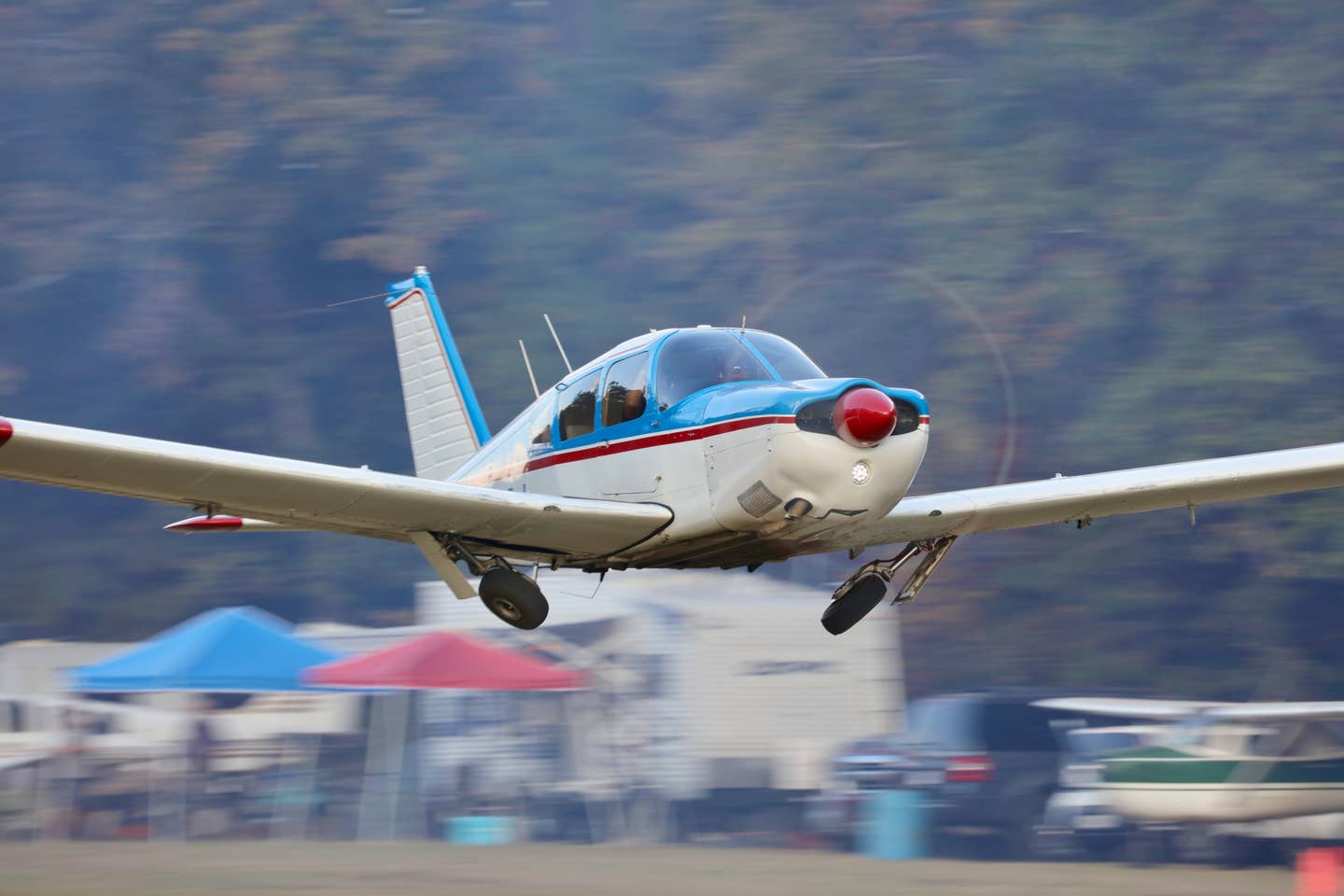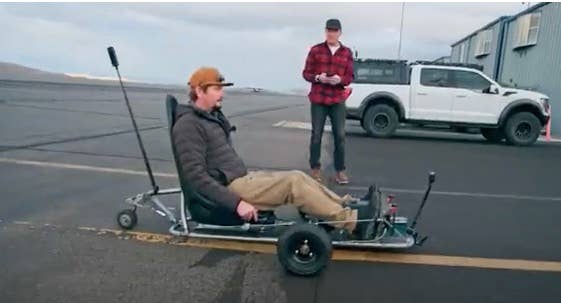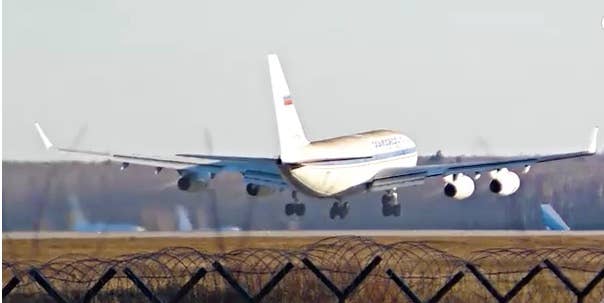Why the Dragon’s Split Second Launch Timing is a Must
In this AVweb VODcast, former NASA lead flight director and KITPLANES editor at large Paul Dye explains why this week’s launch of the Crew Dragon spacecraft requires split-timing. It’s a little like driving a really fast car with only a few quarts of gas in the tank.
In this AVweb VODcast, former NASA lead flight director and KITPLANES editor at large Paul Dye explains why this week's launch of the Crew Dragon spacecraft requires split-timing. It's a little like driving a really fast car with only a few quarts of gas in the tank.
Paul BertorelliEditor
Related Stories






